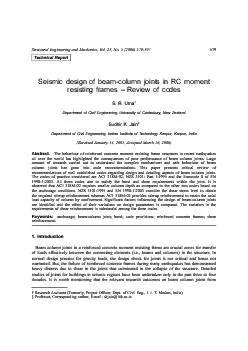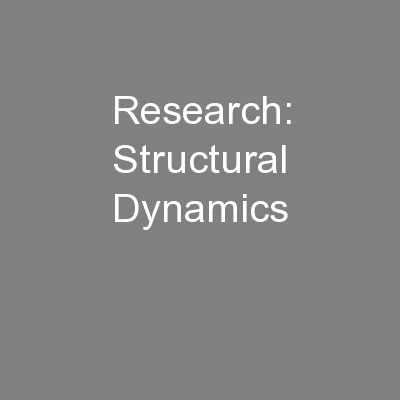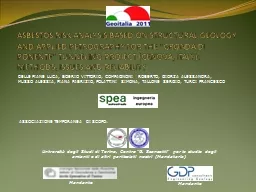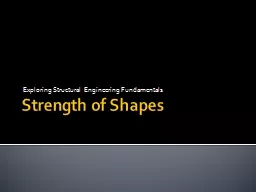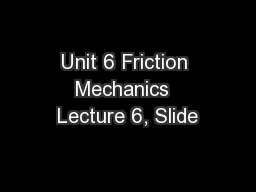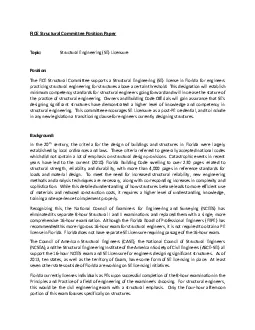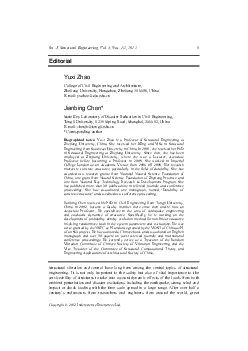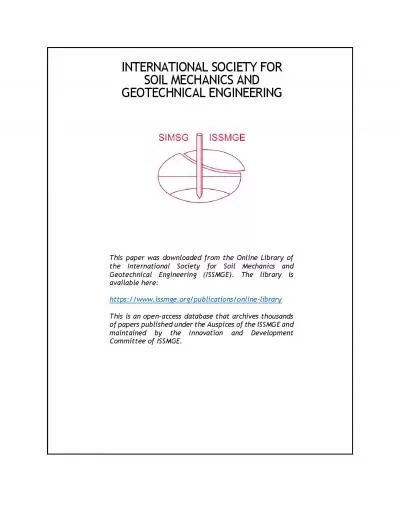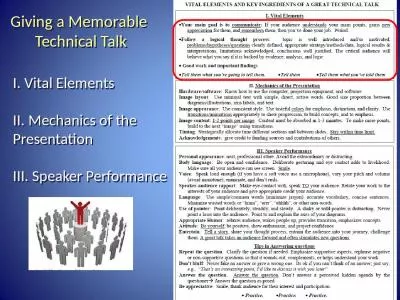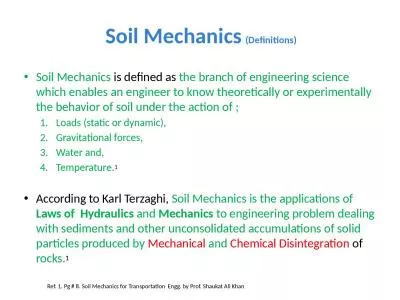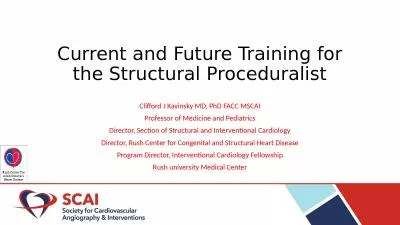PDF-Structural Engineering and Mechanics Vol
Author : cheryl-pisano | Published Date : 2015-04-08
23 No 5 2006 579 597 579 Seismic design of beamcolumn joints in RC moment resisting frames Review of codes S R Uma Department of Civil Engineering University of
Presentation Embed Code
Download Presentation
Download Presentation The PPT/PDF document "Structural Engineering and Mechanics Vol" is the property of its rightful owner. Permission is granted to download and print the materials on this website for personal, non-commercial use only, and to display it on your personal computer provided you do not modify the materials and that you retain all copyright notices contained in the materials. By downloading content from our website, you accept the terms of this agreement.
Structural Engineering and Mechanics Vol: Transcript
Download Rules Of Document
"Structural Engineering and Mechanics Vol"The content belongs to its owner. You may download and print it for personal use, without modification, and keep all copyright notices. By downloading, you agree to these terms.
Related Documents

